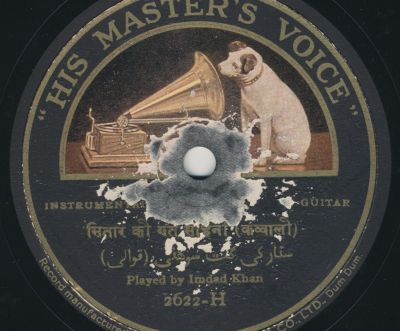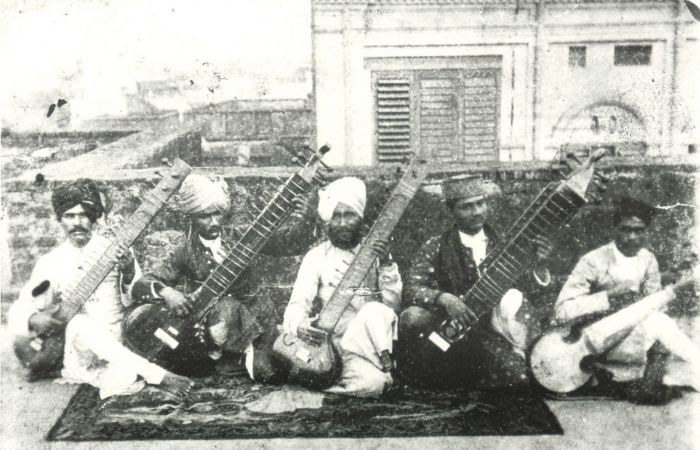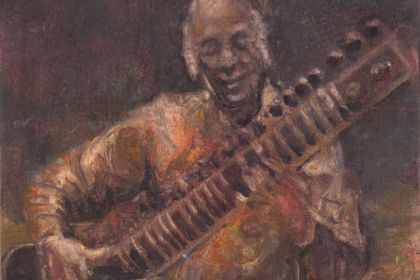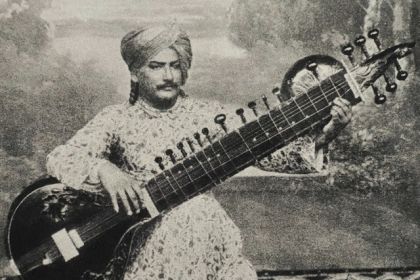SITAR
The world's first sitar recording by Imdad Khan

The world's first sitar recording by Imdad Khan
Music Period: Indian Classical
Country: India
Genre: Raga
Piece of Music: Sohini raag
Gharana: Imdadkhani
In 1904, the Gramophone Company sent its team to India in order to record the best Hindustani classical musicians and improve the company’s standing in the marketplace. The engineer William Sinkler Darby and his assistant Max Hampe began their record tour in Calcutta where they recorded, among other things, 6 tracks by Imdad Khan who performed Indian ragas on sitar and surbahar.
At that time, instrumental solos were rarely recorded due to imperfect acoustic recording technology that could not provide acceptable playback quality, but still, these early recordings are able to adequately illustrate the unsurpassed skill of legendary musicians.
Imdad Khan was a prominent representative of the famous Indian musical dynasty whose particular performing technique was passed down through generations to establish Etawah gharana (meaning school). Having brought extensive ornamentation and improvisation to Indian classics of the 19th century, Imdad Khan had such a major influence on instrumental music that in his honor the school became known as Imdadkhani gharana.
A photo taken around 1910 in Calcutta shows the great masters of Etawah gharana (from left to right Ashiq Ali Khan, Enayat Khan, Imdad Khan, Wahid Khan, Sakhawat Hussain Khan):


Reportedly, Imdad Khan achieved such mastery using intensive music sessions that, among other things, included a non-stop practice for forty days in isolation called chilla. According to family sources, he played the sitar in a state of chilla for some twelve years.
Listen to Imdad Khan perform Sohini raag:
During his lifetime, Imdad Khan's playing skills, coupled with his innovative sitar style, made him one of the most popular artists in India, allowing him to serve as a court musician in the principalities of Mysore and Indore as well as perform in front of Queen Victoria during her visit to Delhi.




A rare treat.
There is gold that you can see and touch, but this is gold that you can listen to! I love the way he shouts his own name immediately after he's done playing, probably so no one else can take credit for it, like an artist signing his finished painting.